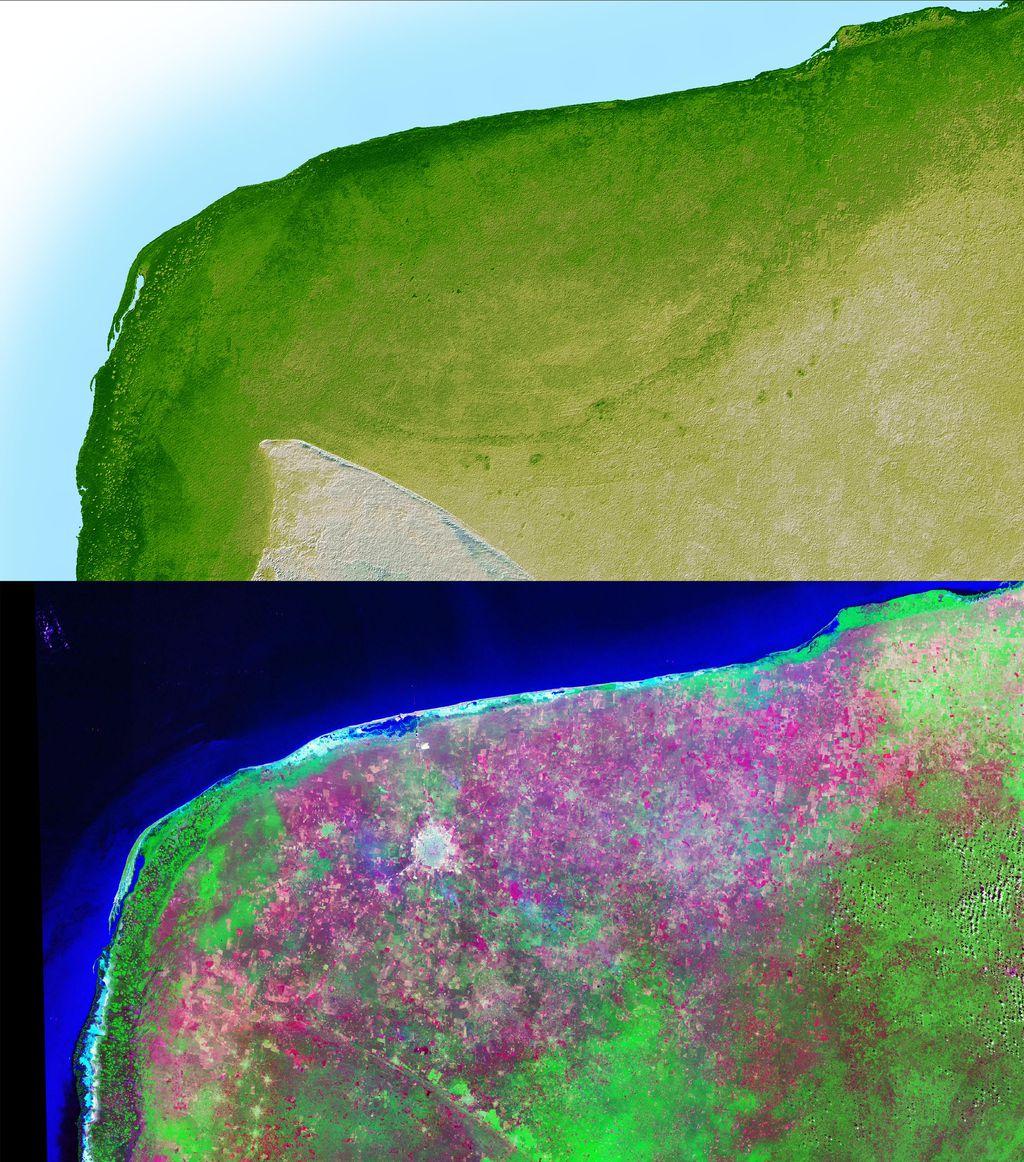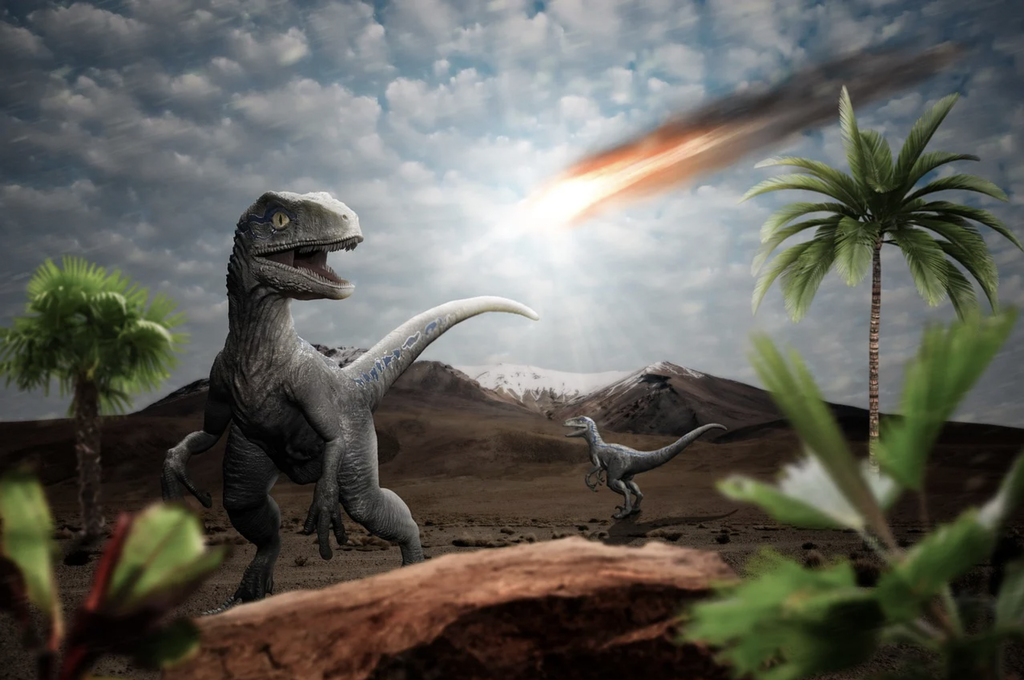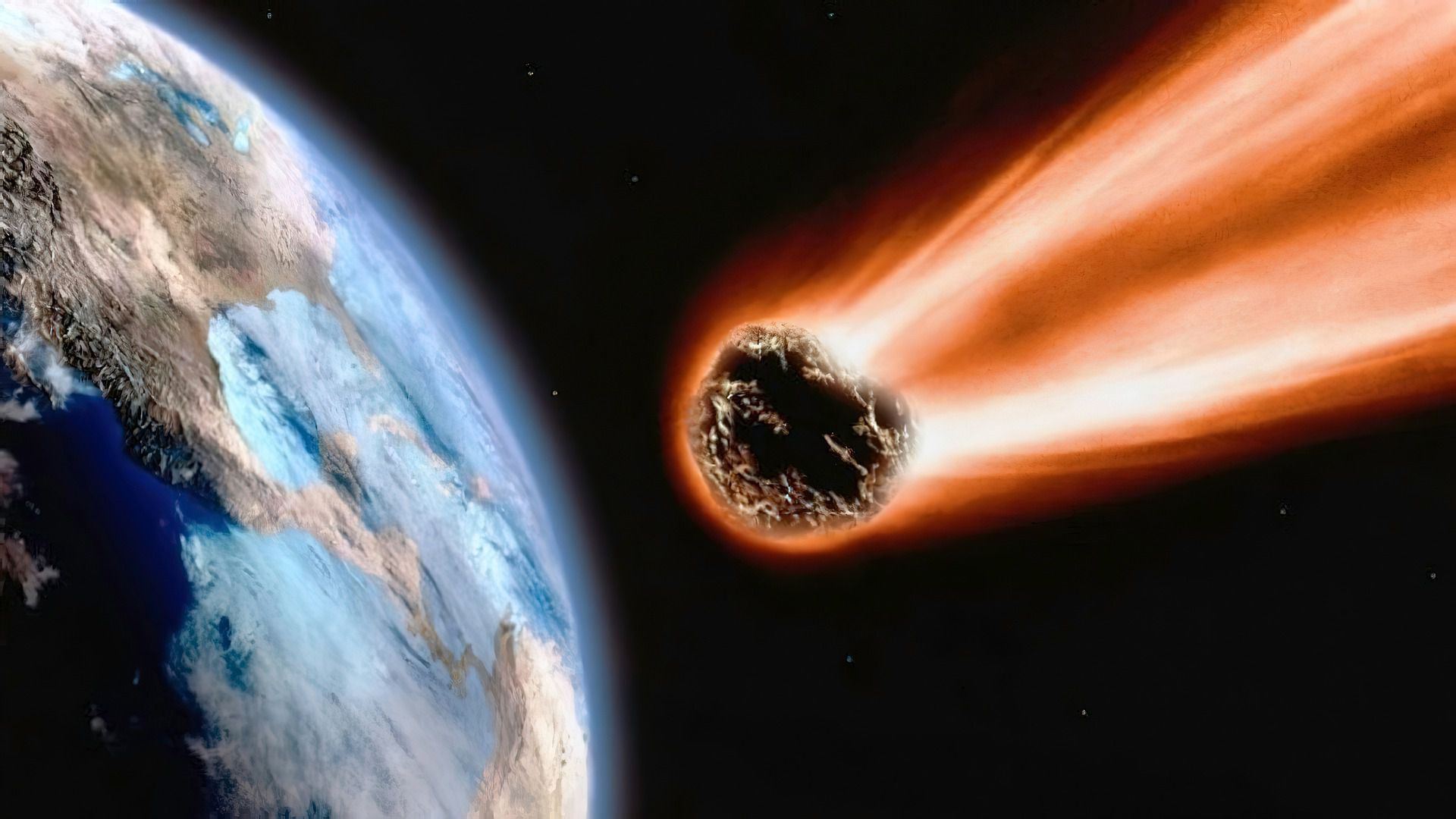Using a type of rock thermometer, scientists discovered the temperature of Chicxulub crater, created by the meteorite that destroyed the dinosaurs, in the moments following the brutal impact 66 million years ago.
Indicators indicate that the maximum temperature is 330 degrees Celsius, which represents the end of the Cretaceous period (between 145 million and 66 million years ago). Interestingly, the results suggest that the deadly asteroid explosion did not release as much carbon dioxide into the atmosphere as previously thought, changing some scientific notions about mass extinction.
Chicxulub nozzle and its temperature
The notorious asteroid, which was 12 kilometers long, fell on the Yucatan Peninsula, which is now known as the Gulf of Mexico, after moving at a speed of about 43 thousand kilometers per hour. The resulting crater was about 200 kilometers in diameter, and was quickly filled by tsunami waves that brought sediment in the minutes and hours after the event. Layers of stone have continued to cover the site ever since.

According to the information of geologists at the Free University of Brussels, who are responsible for the study, this makes access to the samples somewhat difficult, but, on the other hand, it preserves them very well. It's all about finding the right rocks, the right materials and the right analysis technique.
Samples were then collected from the peak of the impact episode in 2016. They were analyzed using cluster radioisotope thermometry, a technique also called “paleothermometer,” which involves reconstructing ancient temperatures by detecting the presence of carbon-13 and oxygen-18 isotope bonds. In carbonate minerals (very heavy materials).
The meteorite impact could have instantly reached thousands of degrees Celsius, but this cannot currently be measured because the rocks involved in the process may have all been vaporized. However, in the moments following the event, temperatures were generated that could be measured.

A maximum temperature of 330°C has been identified in rocks found 700 meters below the ocean floor. The temperature is much higher than the maximum reached by the ocean at the end of the Cretaceous, which is about 35.5°C, and what would be expected from underwater hydrothermal processes, which range from 50°C to 200°C. Only an asteroid could cause this.
The process involved was probably thermal decarbonisation and a rapid reverse reaction, where highly reactive calcium oxide (CaO) was recombined with carbon dioxide (CO2) released from the charred rocks and formed calcium carbonate (CaCO3) crystals.
In this case, less carbon dioxide would have been released into the atmosphere, as much of it would have been reused to produce calcium carbonate. If the carbon dioxide level had been lower, global warming and ocean acidification would have slowed during the mass extinction (including of the dinosaurs) that followed. This was a major event that coincided with the climate changes resulting from the impact, and is still widely discussed by scientists.
Scientists hope that this method can be used in other craters around the world, because, as the case of Chicxulub shows, such impacts greatly affect the development of life on the planet.
source: PNAS Association With information from Live sciences

“Wannabe internet buff. Future teen idol. Hardcore zombie guru. Gamer. Avid creator. Entrepreneur. Bacon ninja.”

